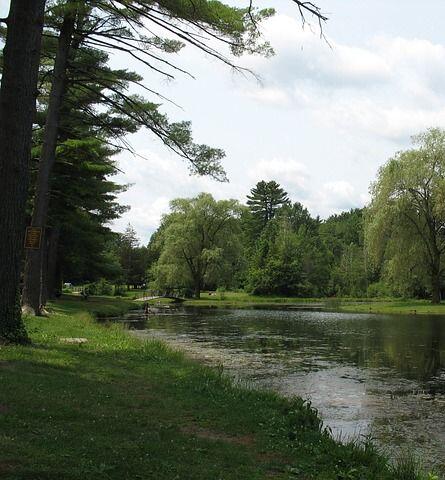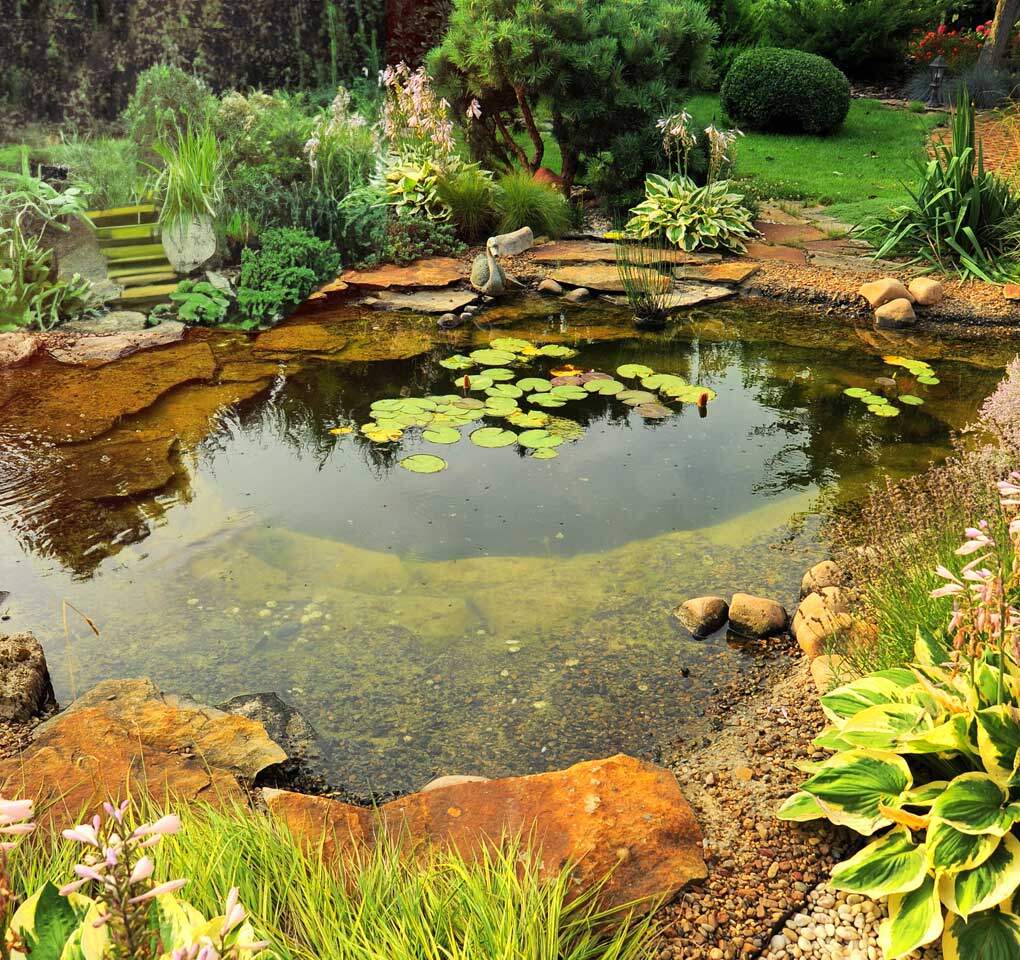Choosing the right pond pump for your pond, water garden or water feature can be overwhelming. There are external pumps that operate outside the pond and there are submersible pond pumps that operate in the pond under water. Among the submersible pond pumps are direct drive pumps, magnetic drive pumps and asynchronous hybrid pumps. Knowing the difference between these pumps and how to choose the correct size pump will help you choose the best water pump for your pond, water garden or water feature.
External pond pumps are designed with a special self-priming basket or volute to create enough suction to start pulling water up into the pump and get the water flowing. Because of this they are not very good at drawing water high above the pond water level and should be placed as low and close to the pond as possible. In colder climates these pumps have to be disconnected and brought indoors over winter. External pond pumps are preferred among koi pond owners because of their remarkable efficiencies when moving very large volumes of water continuously and the ease of maintaining the pump because it is out of the pond.
Submersible pumps operate under water which keeps them out of sight and quiet. Direct drive pumps are best for handling smooth solids like algae and for high head heights typically over 5 feet. Magnetic drive pumps are not as powerful as the direct drive pumps but they are much more energy efficient. Magnetic drive pond pumps are best for smaller water features and ponds consisting of 2000 gallons of water or less. Asynchronous hybrid direct drive pumps combines the energy efficiency of the magnetic drive pump with the higher flows and head heights of the direct drive pump. The disadvantage of asynchronous pumps is that they are prone to clogging and mineral buildup which will require more maintenance to extend the life of the pump.
Pond pumps are sized according to the number of gallons they can move in one hour. The best pond pumps are going to have a sizing chart to determine how many gallons of water per hour the pump can push at a particular height. One of the first steps in choosing the right size pump is to determine the volume of water in your system.
Stay tuned for Part 2 in our series, “How to Choose the Right Pond Pump.”







